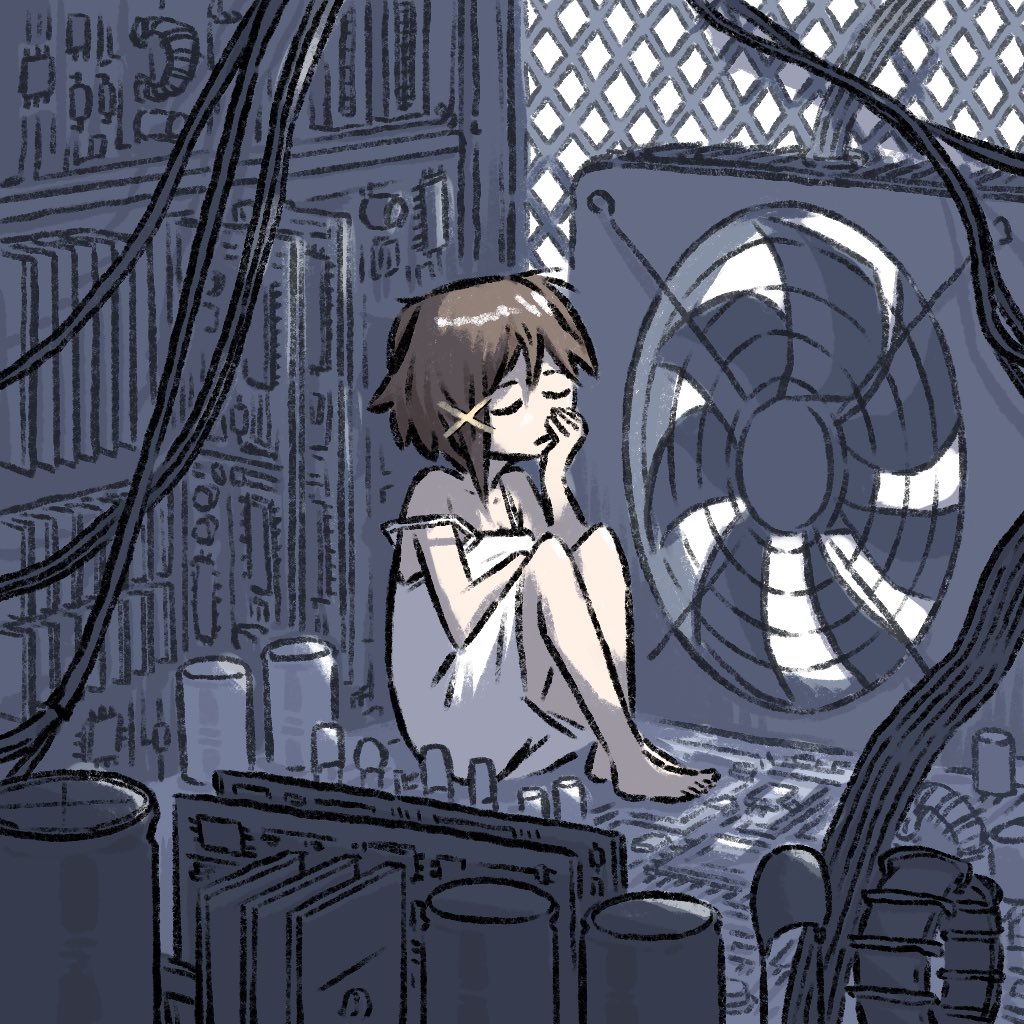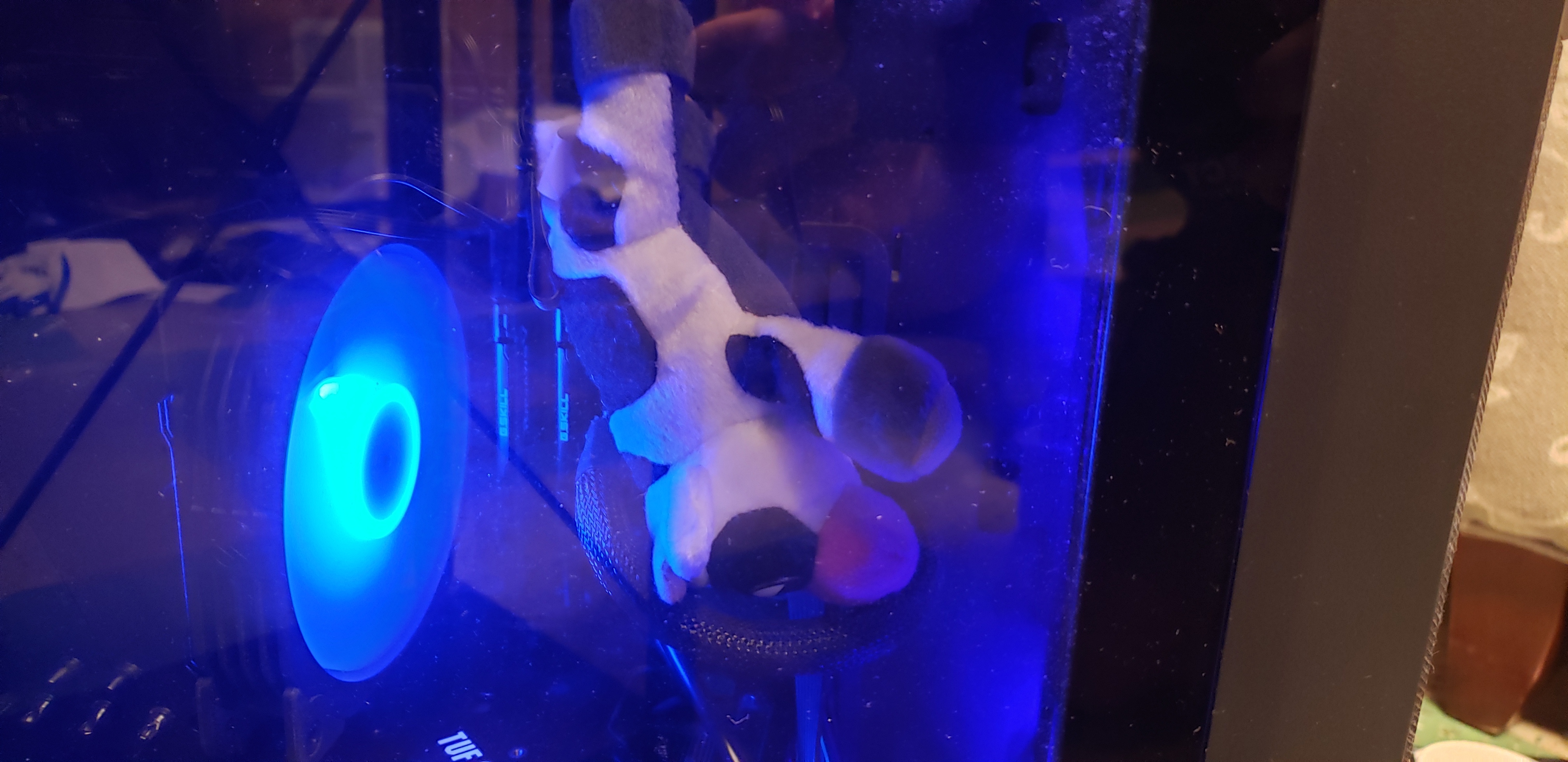I recently made a post discussing my move to Linux on Fedora, and it’s been going great. But today I think I have now become truly part of this community. I ran a command that borked my bootloader and had to do a fresh install. Learned my lesson with modifying the bootloader without first doing thorough investigation lol.
Fortunately I kept my /home on its own partition, so this shouldn’t be too bad to get back up and running as desired.

One of us, one of us. I did the same only 2-3 hours into my first ever Linux install.
I feel your pain :P
I’m almost done getting everything back, I think!
How long until you start doing backups? 😂
Edit: Took me some years btw
I was trying to set up snapper, so sorta on my way there lol

I ran a command that borked my bootloader and had to do a fresh install.
Just wait until you learn the powers of chroot :)

Borked your bootloader already? You’re a true Linux user lol. You’ll eventually learn to not do that (and back up regularly).
Good choice with Fedora! I love dnf and the choices Fedora makes overall.

borked my bootloader and had to do a fresh install
That’s where you’re wrong :)
You’re right. I spent a few hours trying to fix it before giving up and determined that reinstalling would be quicker lol

Before you can fix a bootloader, you first need to learn how to install and set up a bootloader. I think most people learn that part when they try Arch

Timeshift for backups is a godsend in these situations

I love the enthusiasm. Enjoy your journey. Feel free to reach out to me directly if you need help.
Thank you for the offer. I hope I never need to take advantage of it lol

Good luck. 🤣
One of us! One of us!
Although I think having to fix a borked bootloader is a good bit of experience, it’s probably not something you are always going to want to spend time on. I have used boot-repair only once, but it was like magic. Just throwing it out there for your future use and a general recommendation. :)

When you get more advanced you can use a distro like System Rescue to fix your bootloader instead of having to reinstall everything

In my first few weeks of linux I screwed up mounting a hard drive and my pc wouldn’t boot past grub. 4x different times I tried and each time I broke it. Then a year later I revisted mounting the drive and it went smoothly.
Time heals all wounds :P

Keeping
/homeseparate is a good call. I can also recommend backups to a different system. Also test those backups.Playing with things can be fun if that is what you enjoy. Being careful is good but the best way to avoid serious issues is being able to recover from the worst case.

Why do you advocate for keeping /home separate?
I personally don’t do it because the more partitions you have, the more often you need to fiddle around in GParted when one partition gets full. This is also why I use swap files instead of swap partitions
As far as I can tell, unless you distro-hop, separating /home doesn’t have any advantages. Even then, sharing one /home directory between multiple desktop environments can cause some problems
I agree with making and testing backups, though. My current strategy is to back everything up to a 4.2 TiB ZFS pool with daily snapshots on my LAN, and back up the most important data on that to the cloud

Not the person above, but if it is an issue you ever run into you are doing it “wrong”. Not really, but let me explain.
Having it on a separate partition has a few advantages like different mount flags (e.g. noexec), easier backup management (especially snapshots) and some other benefits like using your home for a new installation (like OP wants to) or it prevents some critical failures in case you accidentally fill it up (e.g. partial writes or services cannot start).
I often cannot decide on specific mount sizes either, because requirements may change depending on what you do. Hence I would just stick with some reasonable defaults for the installation and use some form of volume manager instead. If you want to use ext4, xfs etc I would recommend using LVM as it gives you a lot of freedom (resizing of volumes, snapshots and adding additional drives, mixed RAID modes etc) or there are btrfs, zfs or bcachefs to name the most common file systems which implement their own idea of storage pools and volumes.
Never should you need to resize a partition, there are more modern approaches. Create a single partition (+ a small EFI partition somewhere) and never bother with partitions ever again. The (performance) overhead is negligible and it gives so many additional benefits I didn’t even mention. Your complaint is a solved problem.

I don’t think it is critical to keep
/homeseparate but if you need to reinstall it is really nice. You can reset the OS without touching your data or user-level configs. Either for the same distro because you fiddled around and broke it or another one for distro-hopping. It also makes encrypting it easy, although full-disk encryption is getting so easy that it probably isn’t an issue. Good backups also mitigate this, although the recovery will be slower than just reinstalling while leaving your existing home there.To be honest I don’t actually keep home separate anymore. But that is mostly because I trust NixOS enough that I know I will never need to reinstall. I can always roll back or worst case install over top of the existing install from a live USB.
Overall I would say that the cost of doing so is fairly small as well. Unless you are running a lot of system services data outside of
/homeis usually fairly limited. Although I agree that getting the partition sizes wrong can be frustrating.

I’m on fedora silverblue and that won’t ever happen again to me

Still possible to break your bootloader.

If you keep around a bootable rescue stick like System Rescue it has a boot menu entry that will boot the Linux installed on your machine. Once you do that you can run a command or two to reinstall the bootloader. You can search the net or whatever at leisure since it will work fully.
Alternatively, if your system Linux is borked harder, you can boot the rescue Linux and use more advanced methods, depending on what’s wrong. The rescue Linux also has a graphical environment with browser if you need it.
At the very least sometimes you can figure out what went wrong. It may not be much comfort if you lost your system but at least you learn what not to do in the future. Too many people just say “oh, it just broke” and leave it at that.
I think I know what the issue was… I modified the grub.cfg file and ran grub2-mkconfig and I think it was saying it detected a Linux install at my root partition, but didn’t seem to recognize my /boot or /boot/efi partitions and I couldn’t figure out how to edit that via the grub cli. If that wasn’t the case, then that’s okay. I’ll make sure to teach myself a bit more about the bootloader before trying to edit it again

Pro tip:
Create a separate partition for /home. Then it’s all still there if need to do a fresh install.

